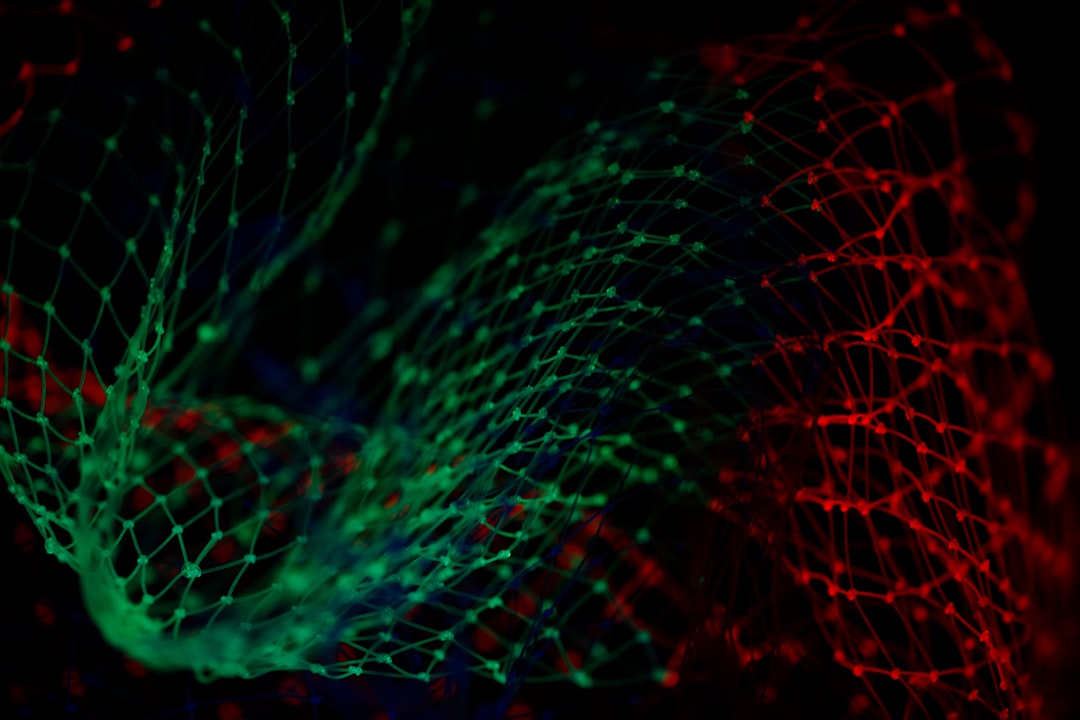What is it about?
Using insertions and deletions, we switched the coenzyme binding of a protein providing the first evidence of an evolutionary link between distinct chemistries. Historically, protein interactions have been studied using site-directed mutagenesis—a process that gives rise to modified proteins where one or more amino acids are substituted with others. However, until now, researchers have not fully unleashed the potential of “insertions” and “deletions” (collectively referred to as “InDels”). In contrast to amino acid substitutions, an “InDel” significantly modifies protein structure because of the addition or removal of one or more amino acids from the corresponding protein sequence.
Featured Image

Photo by National Cancer Institute on Unsplash
Why is it important?
The structure and function of any protein is coded in its amino acid sequence. It is amazing that the sequence combinations possible for a small protein, about 100 amino acids in length, exceeds the number of atoms in the known universe. For this reason, nature has only explored an infinitesimal fragment of these possibilities, and yet, is able to drive the vast number of reactions that sustain life. Adding InDels to protein engineering protocols could aid the design of artificial enzymes with immense applications.
Perspectives
We engineered an oxidoreductase protein to accept a methylating coenzyme “SAM” instead of its natural coenzyme “NAD.” This involves the redesign of the ancient and highly conserved glycine-rich loop. This task is not trivial because of the complexity of the intramolecular H-bonding and it has attracted the attention of many protein engineers in the past
Saacnicteh Toledo-Patino
Historically, protein interactions have been studied using site-directed mutagenesis—a process that gives rise to modified proteins where one or more amino acids are substituted with others. However, until now, researchers have not fully unleashed the potential of “insertions” and “deletions” (collectively referred to as “InDels”). In contrast to amino acid substitutions, an “InDel” significantly modifies protein structure because of the addition or removal of one or more amino acids from the corresponding protein sequence.
Paola Laurino
Okinawa Institute of Science and Technology Graduate University
Read the Original
This page is a summary of: Insertions and deletions mediated functional divergence of Rossmann fold enzymes, Proceedings of the National Academy of Sciences, November 2022, Proceedings of the National Academy of Sciences,
DOI: 10.1073/pnas.2207965119.
You can read the full text:
Resources
Insertion and Deletions link methylation and oxidation reactions in Rossmann enzymes
Insertions and Deletions (InDels) define the coenzyme specificity for either SAM or NAD
Coenzyme Switch: Researchers Recreate the Way Nature Change Coenzyme Binding on Rossmann Enzymes
Researchers from Okinawa Institute of Science and Technology (OIST) recently modified the coenzyme pocket of a Rossmann protein that naturally performs redox reactions to bind a methylating agent instead. While the natural protein binds to the coenzyme NAD (nicotinamide adenine dinucleotide), the mutant lost the ability to bind NAD and acquired binding for SAM (S-adenosyl methionine). Their findings have been published in Proceedings of the National Academy of Sciences of the United States of America.
コエンザイムスイッチ:タンパク質結合コエンザイムを編集、両者の相互関係を初めて証明
OISTタンパク質工学・進化ユニットを率いるパオラ・ラウリーノ准教授は、次のように述べています。「私たちは、原理を実証するため、酸化還元酵素タンパク質が本来のコエンザイムである NADではなくメチル化コエンザイムであるSAMと結合するように編集をしました。そのためには、太古から厳密に維持されてきたグリシンリッチループを編集する必要がありました。分子内に複雑な水素結合があるために容易でない作業ですが、これまでにも多くのタンパク質工学者が注目してきました。」
Contributors
The following have contributed to this page










